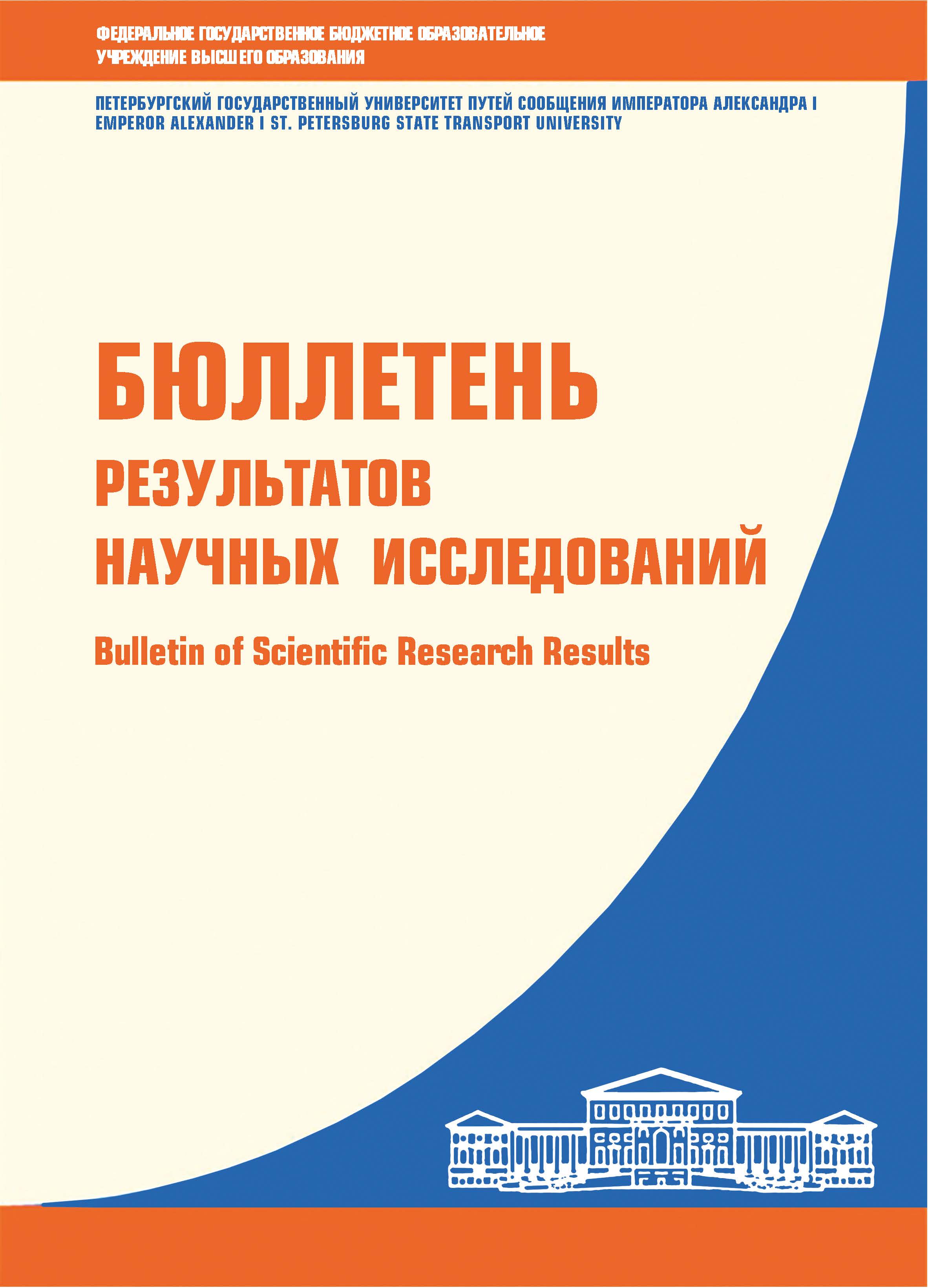Russian Federation
Russian Federation
Russian Federation
Purpose: to create an innovative architecture for an autonomously controlled swadm of robots for effective exploration of smoke-filled rooms in designated areas. The problem of smoke-filled premises is relevant during emergencies such as fires and accidents, where a limited incident makes rescue operations difficult. The use of advanced technologies, including artificial intelligence and innovative methods, can improve the efficiency and safety of research in such settings. A promising direction for the development of this area is the use of artificial intelligence to improve the coordination and autonomy of robots, which will increase the accuracy and speed of task completion. Determine the type of robot and the required characteristics of the designed system include limited autonomous robots with highly sensitive sensors and sensors for cost-effective navigation, as well as self-directed coordination capabilities. Methods: comparison of existing methods for studying smokefilled rooms, as well as existing types. Comparison of the main types of sensors and sensors used for navigation in conditions of limited stability. Results: the type of robot was selected that is most suitable in terms of characteristics for the developed automated system, performing the functions of investigating smoke-filled rooms as efficiently as possible. The robot architecture has been developed. A diagram of the interaction of robot control tasks is presented. Practical importance: the architecture of the robot and the interaction scheme for robot control tasks have been developed. This software code for ensuring the safety and control of robots proposes a modular robot architecture, wide adaptation and flexible change of the system under different conditions, limited savings arising in rescue and search operations. The model being developed includes autonomous robots, methods for performing navigation, detecting obstacles, collecting data on the state of premises and ensuring interaction for coordinated research.
emergency, smoky room, swarm of robots, drones, robotics, navigation systems, sensors
1. Raffo J. D., Wunsch-Vincent S. Keisner A. Robotics: Breakthrough Technologies, Innovation, Intellectual Property // Foresight and STI Governance. 2016. Vol. 10, no 2. P. 7–27. DOI:https://doi.org/10.17323/1995-459X.2016.2.7.27.
2. Barsegyan A. R., Kosterin I. V., Sharabanova I. Yu. Sposob obnaruzheniya zadymleniya po izmeneniyu geometricheskih harakteristik opticheski prozrachnoy sredy v pomeschenii // Sovremennye naukoemkie tehnologii. Regional'noe prilozhenie. 2018. № 3 (55). S. 94–99.
3. Kicak A. I. Dvuhkanal'nyy opticheskiy dymovoy izveschatel' // Doklady BGUIR. 2014. № 6 (84). S. 101–103.
4. Rezul'taty eksperimental'nyh issledovaniy v oblasti rannego i sverhrannego obnaruzheniya pozhara v sudovyh pomescheniyah / S. V. Koval'chuk [i dr.] // Trudy Krylovskogo gosudarstvennogo nauchnogo centra. 2017. № 3 (381). S. 68–74.
5. Drayzdeyl D. Vvedenie v dinamiku pozharov / per. s angl. K. G. Bomshteyna; pod red. Yu. A. Koshmarova, V. E. Makarova. M.: Stroyizdat, 1990. 424 s.
6. Kirpichenko Yu. R., Kuryachiy M. I., Pustynskiy I. N. Videoinformacionnye sistemy nablyudeniya i kontrolya pri slozhnyh usloviyah vidimosti // Doklady Tomskogo gosudarstvennogo universiteta sistem upravleniya i radioelektroniki. 2012. № 2 (26). S. 105–110.
7. Volkov V. G. Aktivno-impul'snye PNV i teplovizionnye pribory. Analiz vozmozhnostey primeneniya // Fotonika. 2007. № 4. S. 24–28.
8. Surikov A. V., Petuhov V. O., Gorobec V. A. Osnovnye metody i ustroystva, primenyaemye i perspektivnye dlya uluchsheniya vidimosti pri ChS // Chrezvychaynye situacii: preduprezhdenie i likvidaciya. 2011. № 1 (29). S. 59–65.
9. Roboty-pomoschniki na pozharah: obespechenie bezopasnosti i spasenie. URL: https://airobotic.ru/robototehnicheskie-proekty/proekty_po_sozdaniju_robotov-pomoschnikov_vo_vremja_pozharov-_bezopasnost_i_spasenie/ (data obrascheniya: 07.02.2024).









